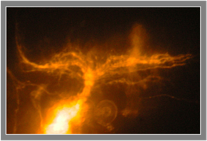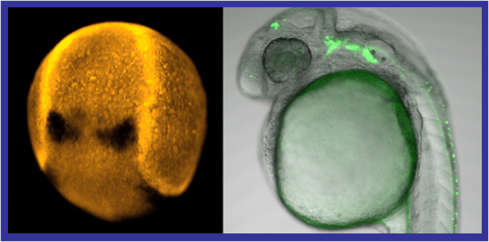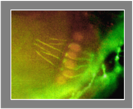Ectodermal patterning: We can trace the origins of the inner ear to early gastrulation when axial signals establish broad regions of the ectoderm with different cell fate potentials. Subsequent local interactions gradually define the precise region from which the inner ear arises.
Morphogenesis: The inner ear is sculpted by a combination of directed cell migration, cell recruitment, changes in cell shape and cell adhesion, epithelial folding, and epithelial-mesenchymal transitions.
Regulation of cell fate: The inner ear comprises numerous cell types that must form in a precise spatial arrangement.
 Neural patterning: Neurons that transmit impulses from the inner ear to the brain show complex developmental regulation, from their initial specification and proliferation to migration and axonal pathfinding.
Neural patterning: Neurons that transmit impulses from the inner ear to the brain show complex developmental regulation, from their initial specification and proliferation to migration and axonal pathfinding.
Regeneration: In contrast to the human inner ear, sensory structures in the zebrafish inner ear readily regenerate to restore hearing. Discovering how this happens could have clinical significance for restoring hearing in humans.


 The sensory apparatus of the inner ear is highly
The sensory apparatus of the inner ear is highly